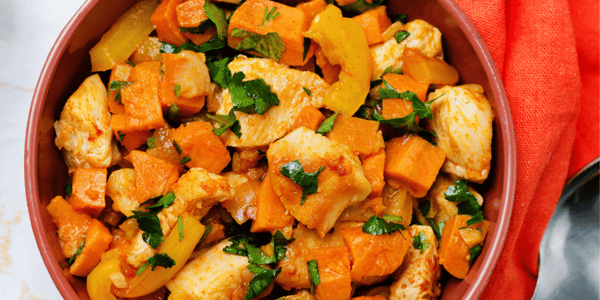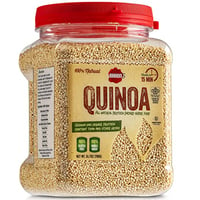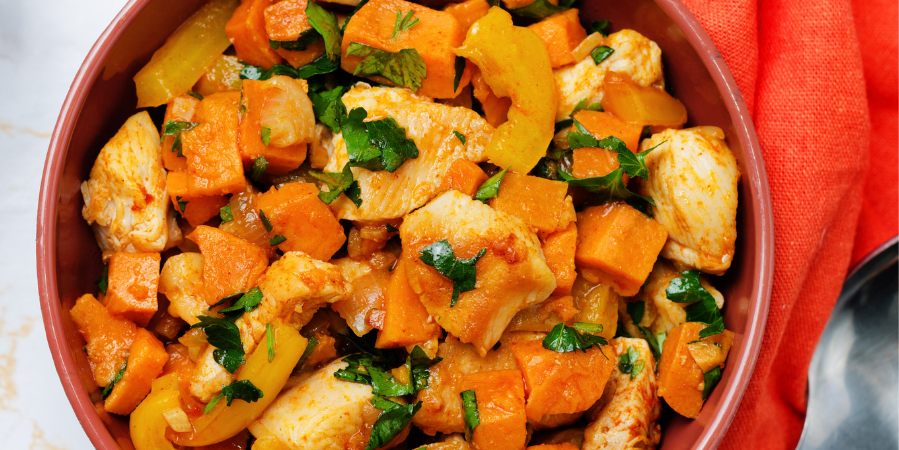What is a migraine?
A migraine is a form of headache that affects people differently. Some experience throbbing pain or a pulsing sensation. Side effects may include nausea, vomiting, or extreme light sensitivity. A migraine episode may last several hours or a few days.
Some people experience an aura at the onset of a migraine. This consists of visual disturbances, such as flashes of light or blind spots, or physical attributes such as tingling or difficulty speaking.[1]
Migraine is considered a genetic disorder that affects approximately 17.1% of women and 5.6% of men.[2]
.png?width=650&name=woman-migraine%20(899%20%C3%97%20450%20px).png)
Symptoms of Migraines:
There are 4 stages of migraine progression:
1. Prodrome - Subtle physical changes, such as constipation, mood changes, neck stiffness, frequent yawning, increased urination, or fluid retention.
2. Aura - Vision changes, pins and needles in arms and legs, weakness or numbness in the face or one side of the body, or difficulty speaking.
3. Attack - This stage may last 4 to 72 hours. It causes pain on one or both sides of the head, throbbing or pulsing pain, sensitivity to light, sound, smell, or touch, and nausea or vomiting.
4. Post-drome - The after-effects of the migraine, which may include feelings of being drained, confused, or elated. [1]
Eating for Headache Health:
What you eat may have an impact on your migraine attacks. An elimination diet is something to consider, as long as you're still eating healthy foods and enough calories. An extreme calorie deficit can trigger headaches and you may exclude foods that aren't the cause of the problem.
Dietary Considerations:
1. Aim for 1/2 of grain consumption to be whole grains. Reduce the use of white bread, white rice, and pasta.
2. Half your plate should be fruits & vegetables. Eat a variety of these!
3. Eat healthy fat, NOT low fat. Try to increase seafood consumption to get Omega-3 fats.
4. Limit sodium to 2300 mg/day. Avoid prepackaged foods and eating out often. Switch to cooking at home more often.[3]
Check out these links for more migraine-friendly vegan recipe ideas:
About this Recipe:
Sweet Potato & Black Bean Quinoa Bake
This recipe uses ingredients that have been approved as migraine friendly.[4] It's gluten-free, sugar-free, MSG-free, and has a reduced amount of sodium. All these elements together make this sweet potato and black bean quinoa bake an easy go-to for busy evenings.





















